Many factors go into what it takes to write a fantastic song. One underrated aspect of it all: timing. When is the perfect time to sit down and create, relative to the events that might have inspired the song you’re planning to write? One day in 1965, Paul McCartney needed to immediately get something off his chest following a romantic argument. He quickly spewed forth with the bulk of “We Can Work It Out”, one of The Beatles’ most beloved singles.
Videos by American Songwriter
“Work Permit”
For much of the time when The Beatles were at their most popular, Paul McCartney was involved in a romantic relationship with British actress Jane Asher. This relationship endured its share of ups and downs. Check out the volatility of the songs about love that McCartney wrote during that stretch.
Some, such as “Here, There And Everywhere”, clearly came from periods where the young couple’s future seemed infinite. And others, like “You Won’t See Me”, showed simmering tension coming to the surface.
“We Can Work It Out” by The Beatles sort of splits the middle between those two extremes. While McCartney wrote it after an argument, he takes a hopeful tone that they can rectify the situation quickly. John Lennon wrote the bridge, which is a little bit more pessimistic (as Lennon tended to be). But it also pushes for reconciliation.
In his book, The Lyrics: 1956 To The Present, McCartney explained how important it was, on songs like “We Can Work It Out”, to strike quickly while the feelings are still a bit raw and unrefined.
“I started writing the song to try to figure my way out of feeling bad after an argument,” said McCartney. “It was really fresh in my mind. You can’t write this kind of song two weeks later. You have to do it immediately. Writing a song is a good way to get your thoughts out and to allow yourself to say things that you might not say to the other person.”
Revisiting the Lyrics of “We Can Work It Out”
“Try to see it my way,” McCartney sings to begin “We Can Work It Out”. There’s no musical intro, which highlights the urgency of what the narrator has to say. He quickly contrasts that with her reticence to reconcile: “While you see it your way / Run the risk of knowing that our love may soon be gone.”
The second verse continues the back-and-forth. He worries that “you can get it wrong and still you think that it’s alright.” Over and over, he weighs the options: “We can work it out and get it straight or say goodnight.”
The bridge makes it clear that time is of the essence: “Life is very short and there’s no time / For fussing and fighting, my friend.”
In the final verse, the narrator admits that he can’t be sure of anything. “Only time will tell if I am right or I am wrong.” But he realizes that some kind of communication is crucial, too. “While you see it your way / There’s a chance that we might fall apart before too long.”
“We Can Work It Out” by The Beatles is full of clever musical touches, such as the sudden shift to waltz time in the bridge and John Lennon’s gliding harmonium part. Paul McCartney wrote it in a hurry. That’s fitting, because the song’s story makes clear that time is of the essence when a relationship is on the line.
Photo by Mark and Colleen Hayward/Redferns

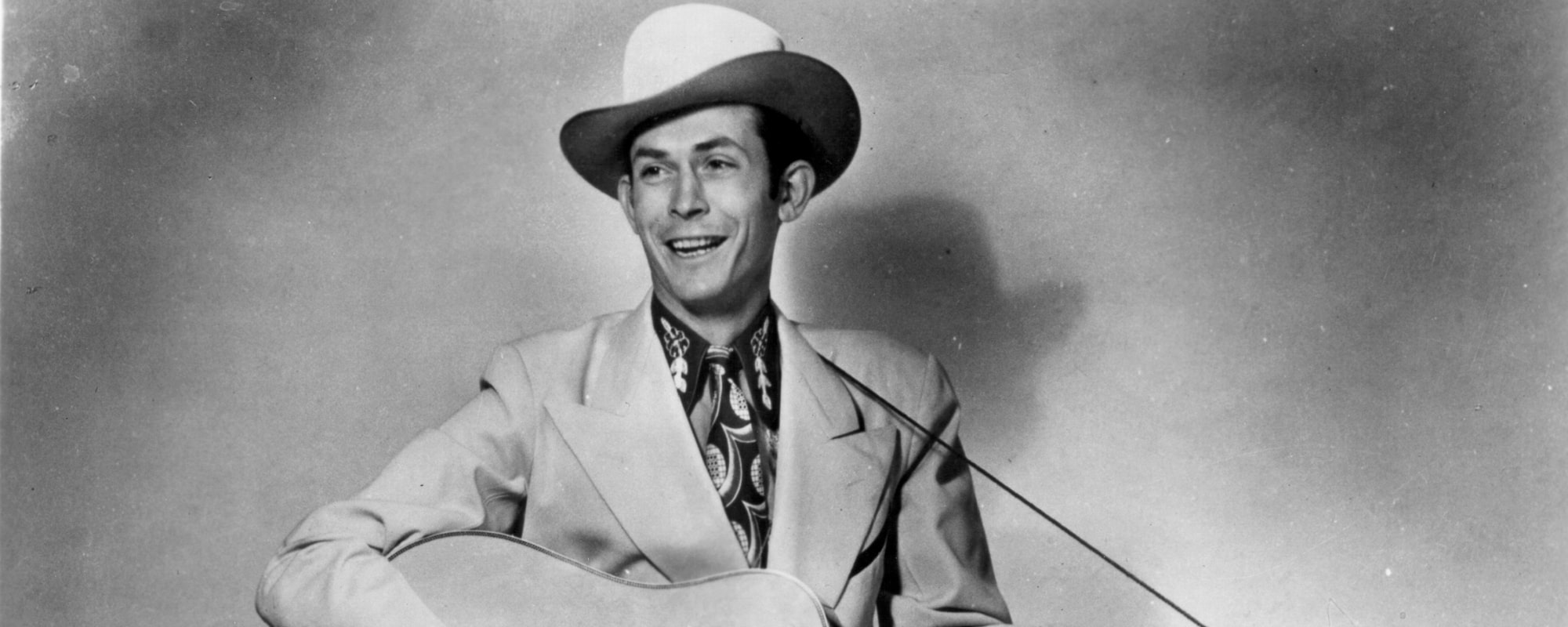

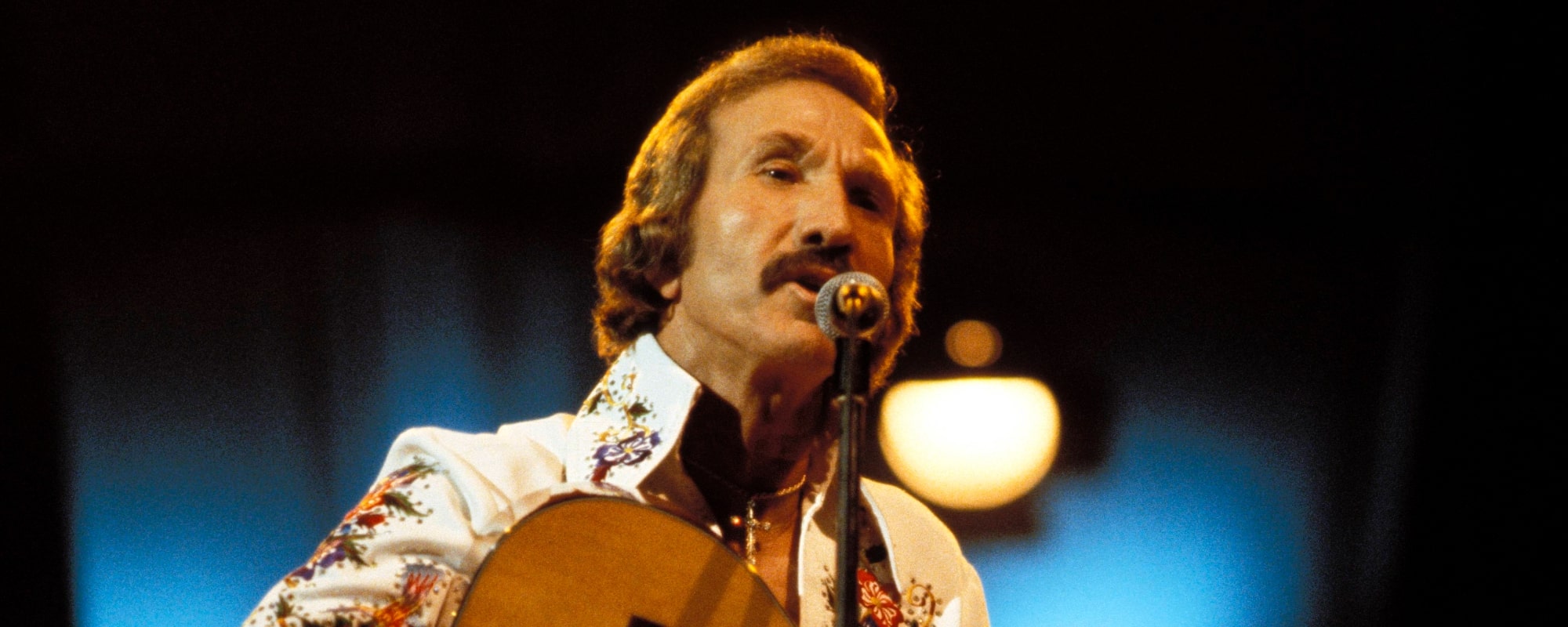
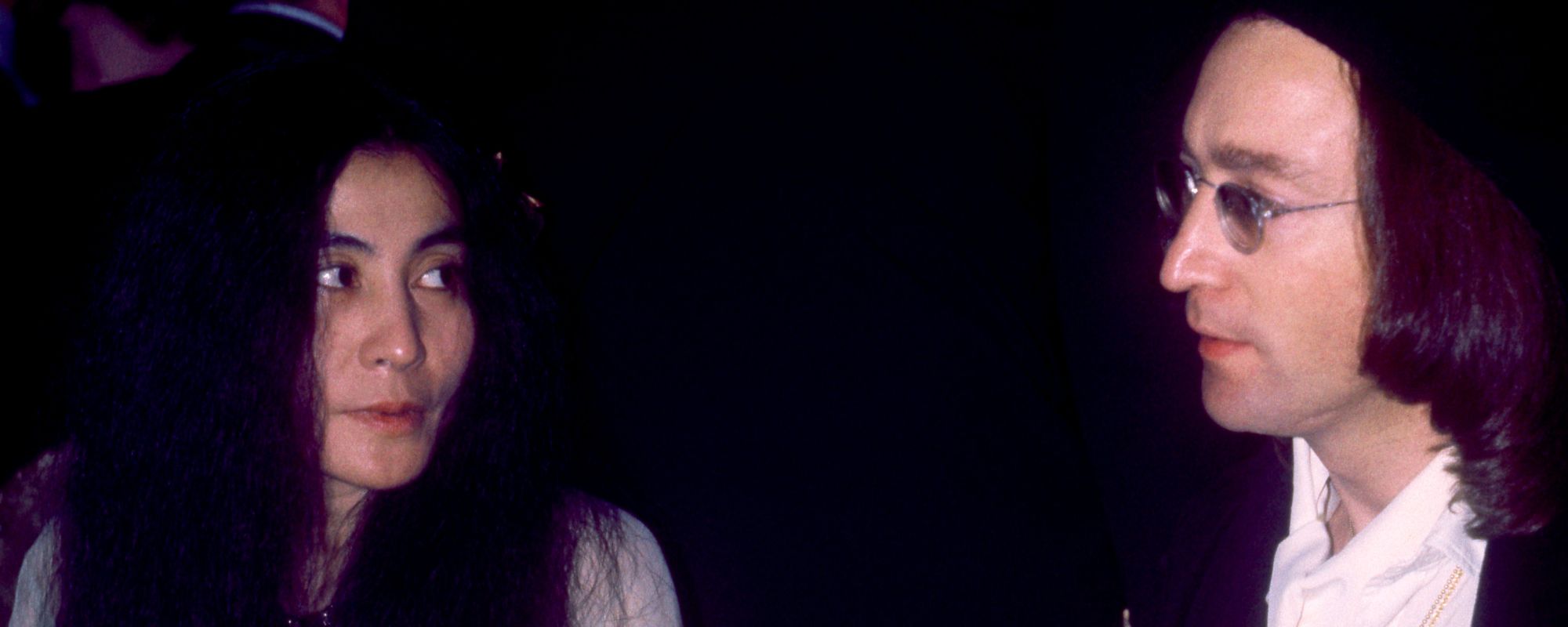
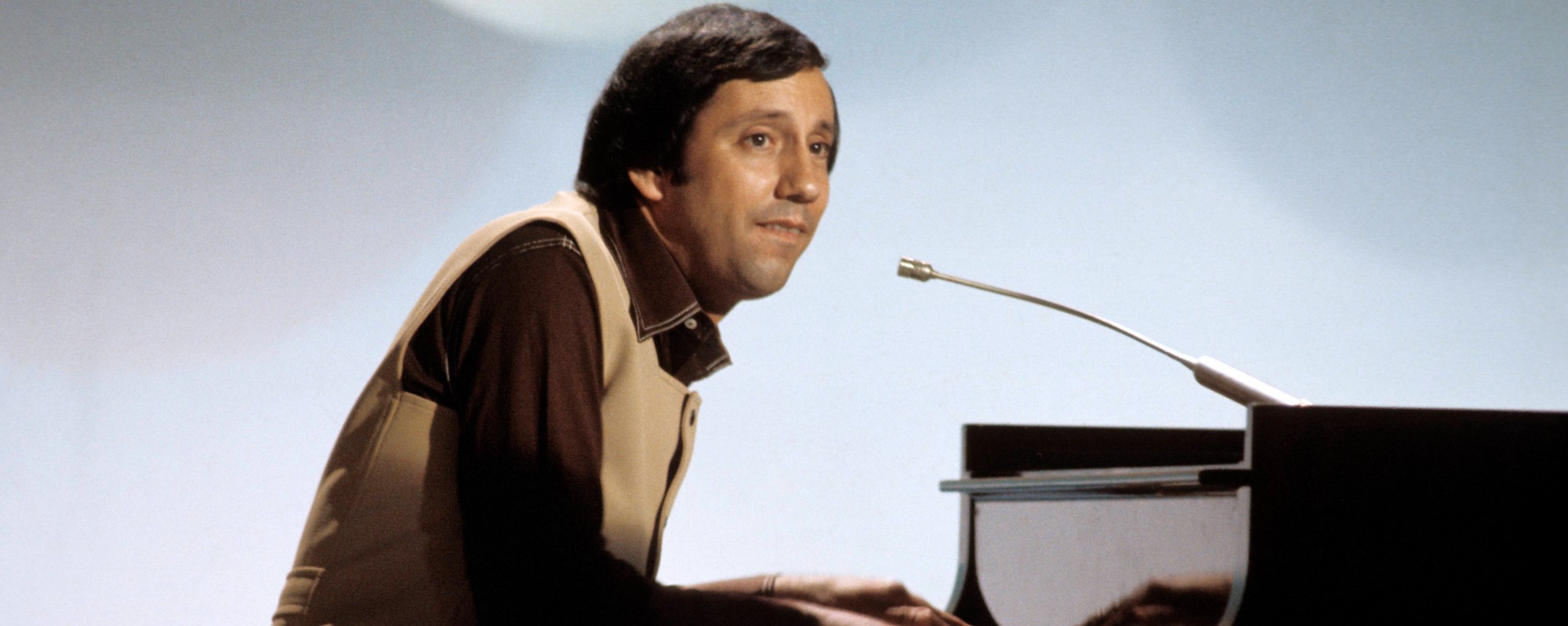
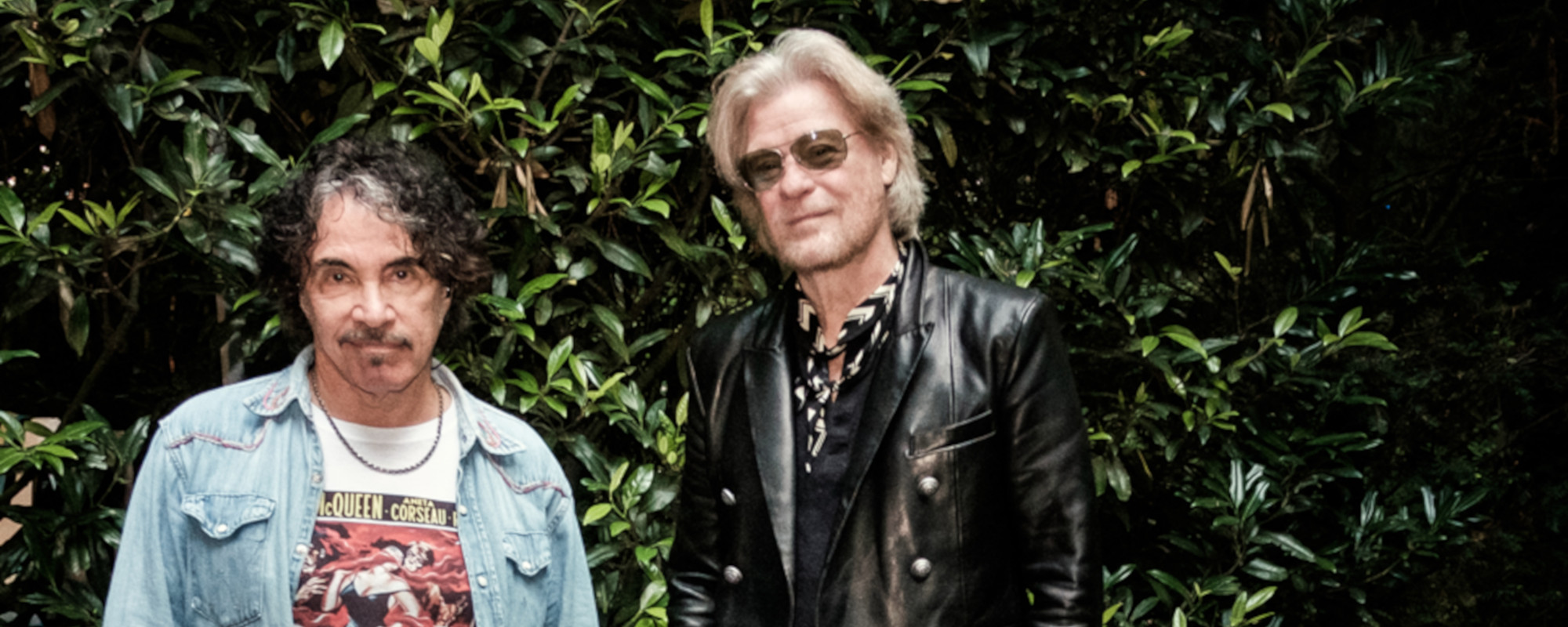
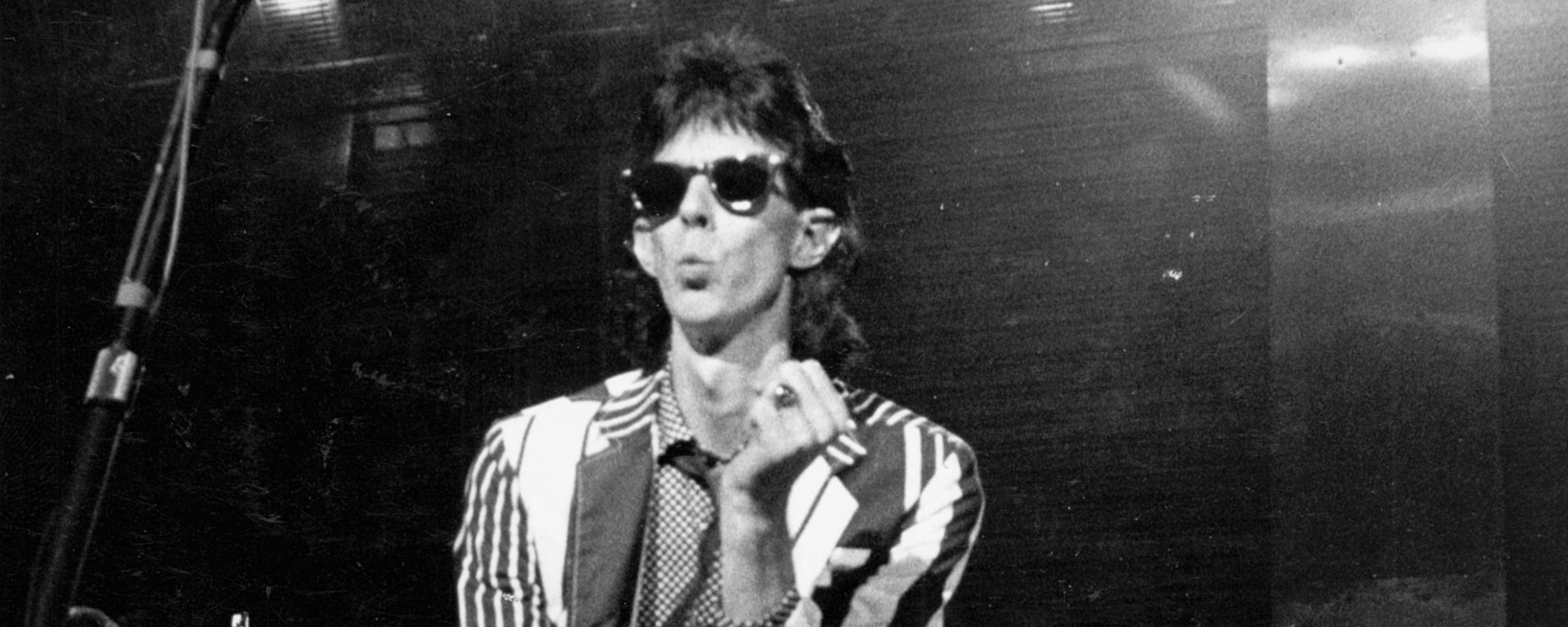

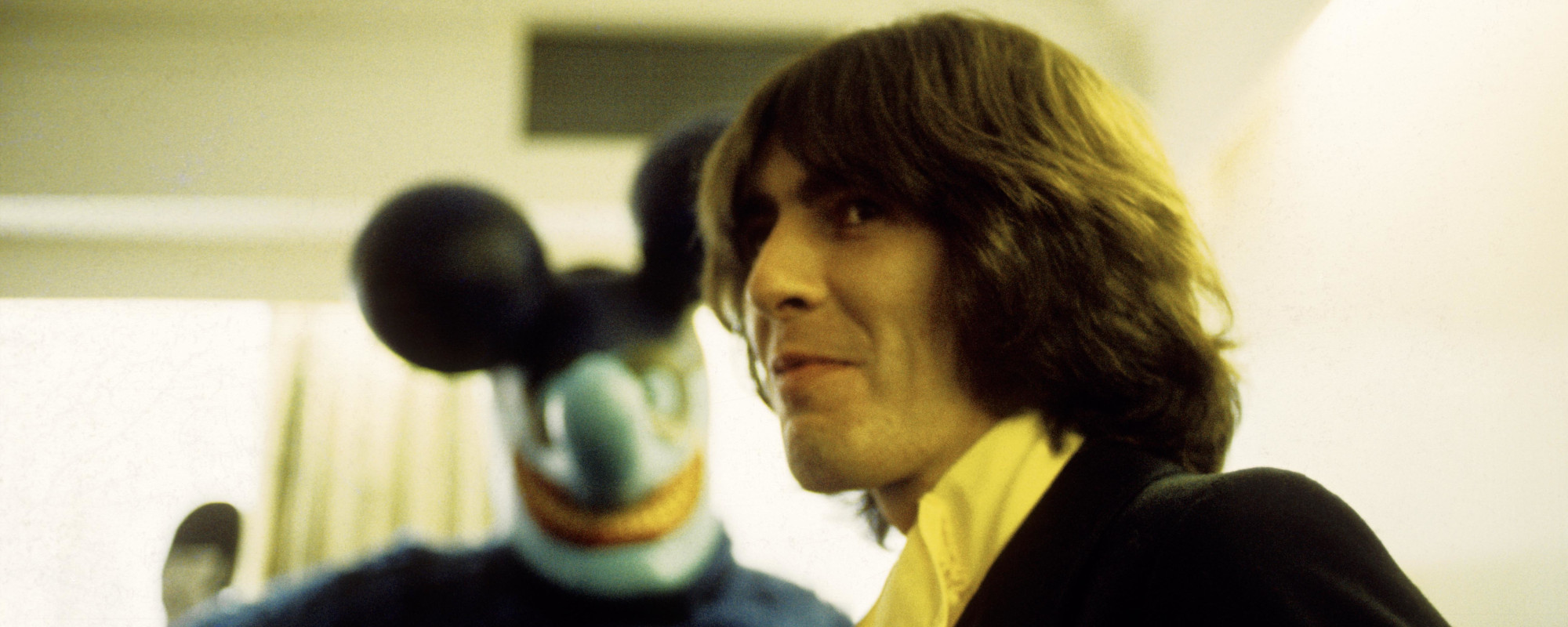
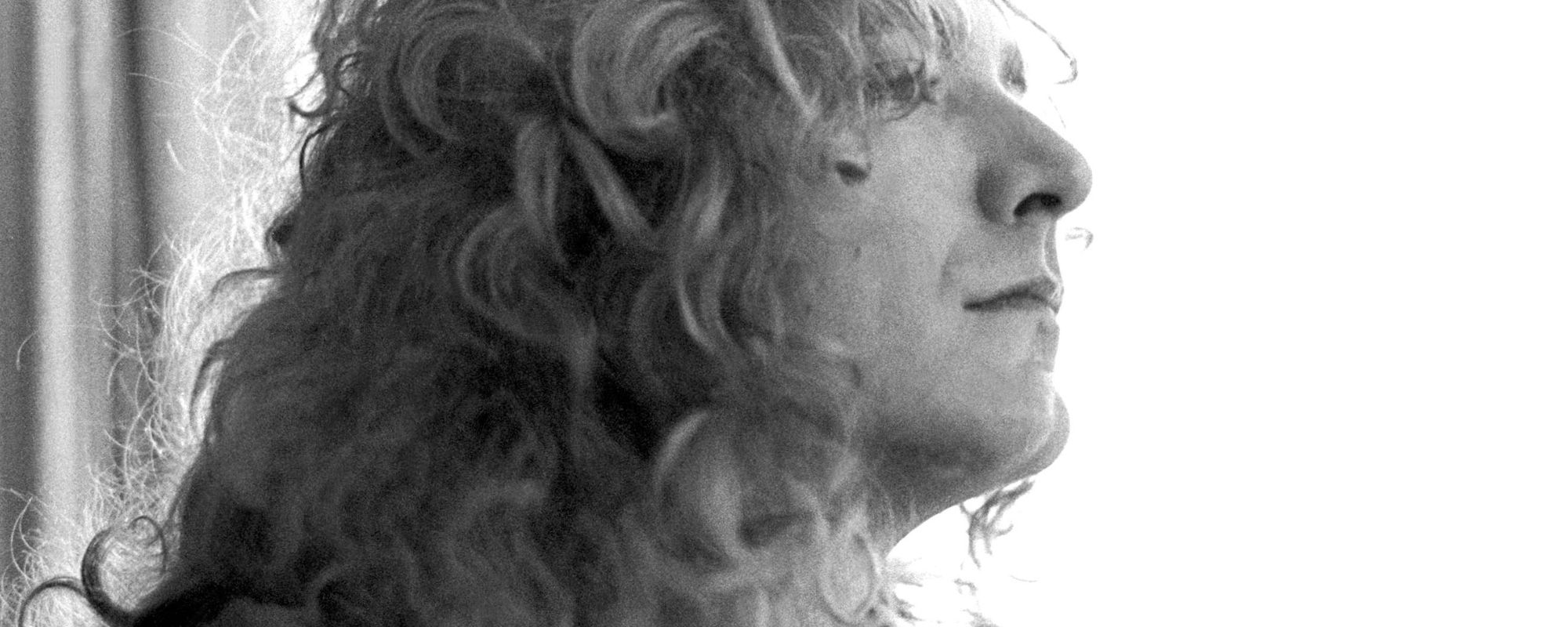
Leave a Reply
Only members can comment. Become a member. Already a member? Log in.